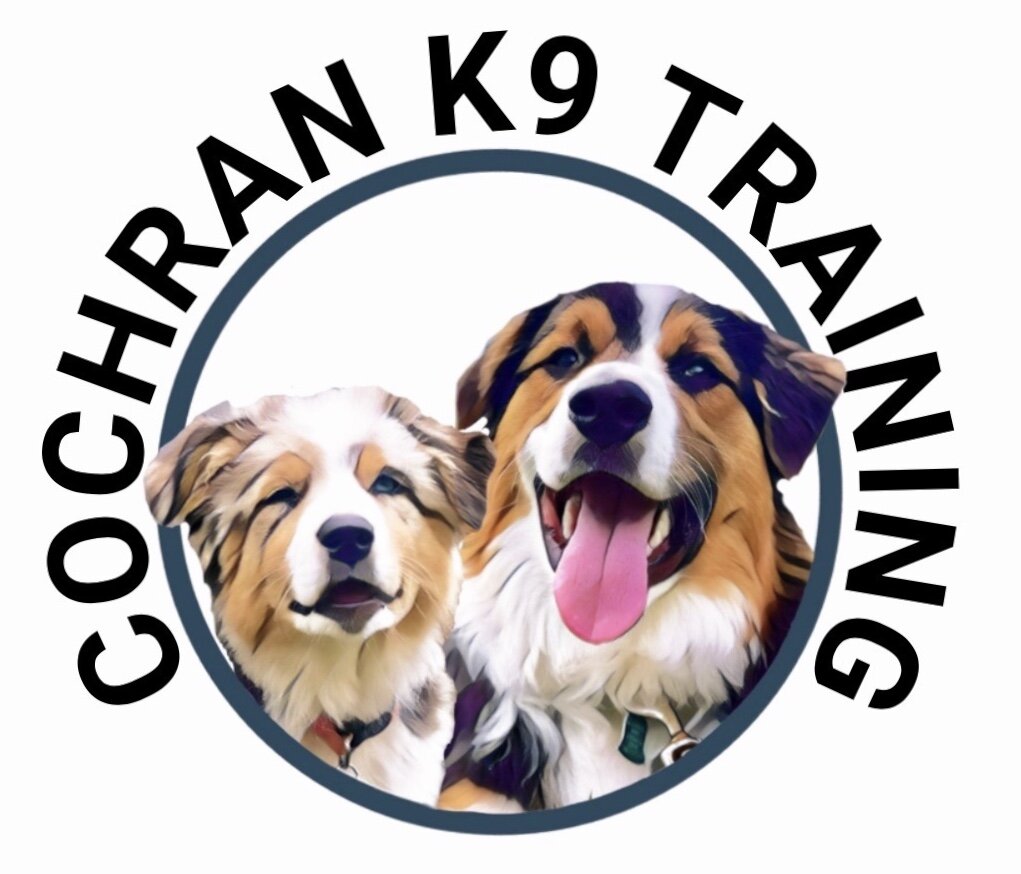
How We Like to Train
Real Training, Real Results
Why Dog Training Should Feel Like Play — Not a Transaction
How a swim lesson with my toddler reminded me what real learning looks like
When people think of dog training, they often picture a pocket full of treats, a clicker in hand, and a dog performing behaviors on cue in exchange for food. While that method can work, there's a downside: the sessions often become stale, robotic, and joyless — for both the dog and the handler.
But what if we reimagined dog training the way we approach teaching young children?
Lessons From the Pool
I take swim lessons with my 2½-year-old son. Our sessions are designed to be fun, playful, and connection-driven. There are no snacks, no bribes, no rewards handed out — and yet, the learning is happening fast.
One activity we do is throw a toy boat into the water. My son has to reach, pull, and kick his way to it while I support and cheer him on. To him, it’s just a game. But in reality, he’s building the foundations of swimming: breath control, propulsion, confidence.
And here’s what’s wild — after just three lessons, he’s already starting to look like he can swim.
He’s not learning because he has to. He’s learning because he wants to. Because it’s fun. Because it’s ours.
Now, Think About Dog Training…
What if your dog learned that way?
What if, instead of constant sit-treat-sit-treat routines, your sessions were filled with games, energy, movement, and connection?
Dogs are social animals. They don’t live for food alone — they live for play, praise, challenge, interaction, and being part of something. When we train through play, the results are often faster, longer-lasting, and — most importantly — more joyful.
The Problem With Food-Only Training
To be clear: food is a great tool. But when it becomes the only form of reinforcement, training sessions start to feel like vending machines.
You see dogs going through the motions: sit, treat… down, treat… come, treat. The behavior might be there, but the spark is gone. Their engagement is with the food, not with you.
And from the human side? It’s exhausting. You’re stuck in this repetitive loop of trying to maintain focus with a reward that loses value the longer you use it.
What Play-Based Training Looks Like
Play-based training is still structured — it’s just built around interaction instead of transactions.
A game of tug becomes a challenge to overcome.
A fun chase-and-catch game builds motivation and flow.
Personal play games teach cooperation and impulse control.
Your voice, excitement, and touch become meaningful rewards.
In this kind of session, learning becomes the byproduct of connection. The dog isn’t obeying to earn food — the dog is learning because they’re engaged, safe, and having fun.
Build the Relationship, and the Skills Will Follow
My son doesn’t know he’s learning to swim — he thinks he’s just having fun with me. But he’s building life-saving skills in a joyful, supported way. Your dog can do the same. When training is full of curiosity, creativity, and shared wins, progress happens — often faster than you’d expect.
So if training feels flat… drop the kibble. Pick up a toy. Laugh. Run. Tug. Explore. And let the magic of real learning take over.
🐾 Want to learn how to make dog training fun and relationship-driven?
Reach out for a personalized session — I’ll help you build skills that last through play, not just treats.
Interested In Learning More?
Book a phone call!


